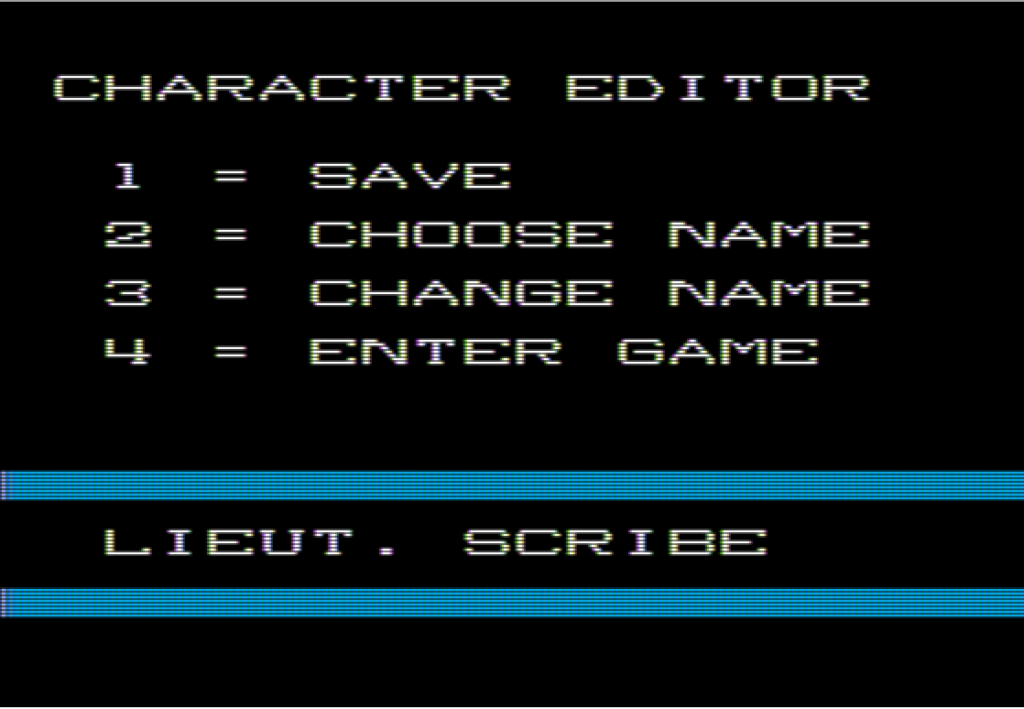
The Slaughter of the Bay of Pylos
I have put on paper everything I remember on the battle of Chalcis. I will now describe my moment of glory: the battle of Pylos. I will not quote from Thucydides this time, as his description of the battle is long and confusing; suffice to say that as the Spartans were trying to blockade stratēgós Demosthenes’ army in Pylos, we decided to destroy the Spartan fleet in its harbour and entrap their army.
The plan was flawless. After our victory in Chalcis, we had the best ships in Greece, where the hapless Spartans still had the number for them, but would have to fight with an inferior crew. In Pylos, we had an opportunity to burn their fleet, after sinking whatever few ships were guarding the port.

At Chalcis, my prudent approach persistently attracted slanderous comments in the agorá. At Pylos, I would shut them down forever: I would be on the attack, and the Spartans back against the wall.
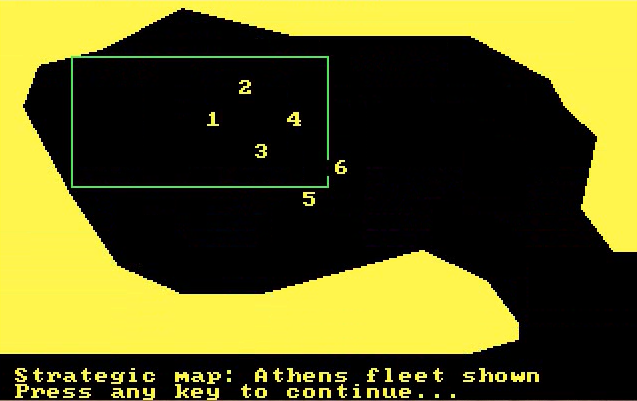
Once again, I was leading from the front, with triērarchos Redslayer on starboard. Turning toward my rowers, I said:
“Men of Athens, today we do not fight for honour or for glory alone. Today, we fight to rescue our comrades, hemmed in by the Lacedaemonians. We fight not out of pride, but out of necessity, for in our hands lies the salvation of our fellow Athenians and the end of this long war. Their ships are crude, their skill inferior, and when we shatter their fleet, their spirit too will shatter. Then, with its sons and brothers surrounded and its fleet turned to ash, proud Lacedaemonia will bend its knee and sue for peace.“
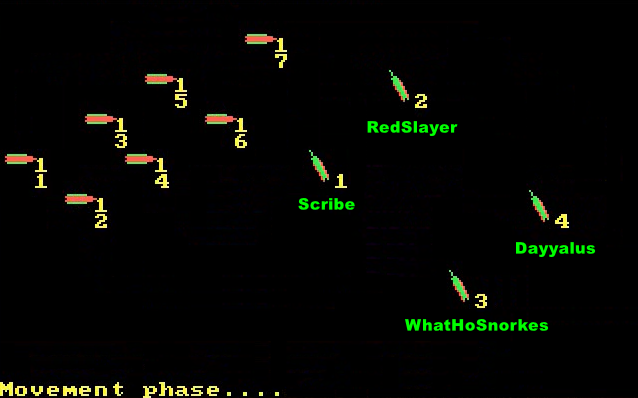
This said, I threw my ship against the enemy line, and so did triērarchos Redslayer. One of the Spartan triremes immediately sank, but the one I attacked managed to survive somehow. As I ordered to back the ship, I avoided by chance another Spartan vessel trying to ram me. Meanwhile, triērarchos Dayyalus captured a third Spartan ship.

The Spartans were in disarray. In the confusion, it was as if enemy ships were on top of others. This was going exactly according to plan.

While the Spartan ships blocked one another, the Athenian ships not already engaged arrived from the north and south, ramming and capturing the enemy vessels one after another. Triērarchos Dayyalus once again showed his skill by ramming another enemy, and so did a young and untested triērarchos called Gubbissos.
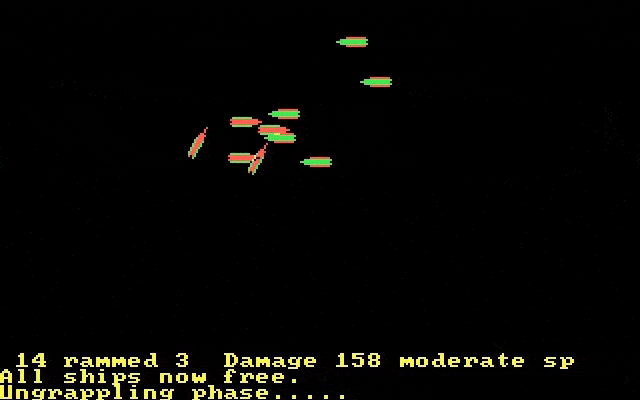
Triērarchos Gubbissos captured a second ship, while the trireme I had been facing since the beginning of the battle finally took on water.

There were only two Spartan triremes left, but our vessels had trouble finishing the job. Triērarchos Redslayer had disappeared from my view, triērarchos Ahabides was circling the melee, triērarchos WhatHoSnorkes and I were hindering each other’s maneuvers. Only triērarchos Dayyalus was once again in position to back and ram repeatedly—which he did a first time…

…and then a second time, destroying the last Spartan ship just as I was about to capture it.
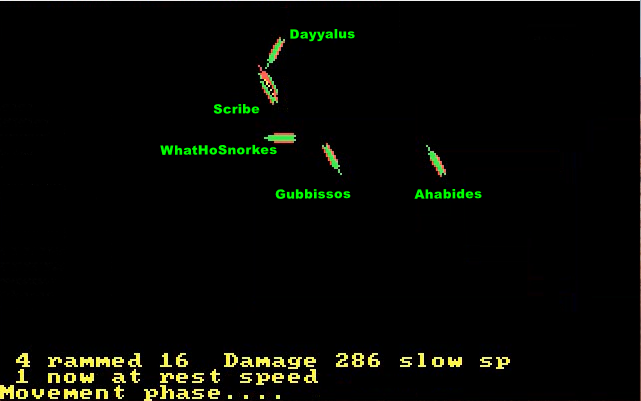
The battle was over. What a disaster for Sparta. We had sunk five of their ships and captured three others. We did not spend much time contemplating our victory; instead, we immediately landed and torched the rest of the Spartan fleet. The plan had gone perfectly, and the war was – so we believed – won.
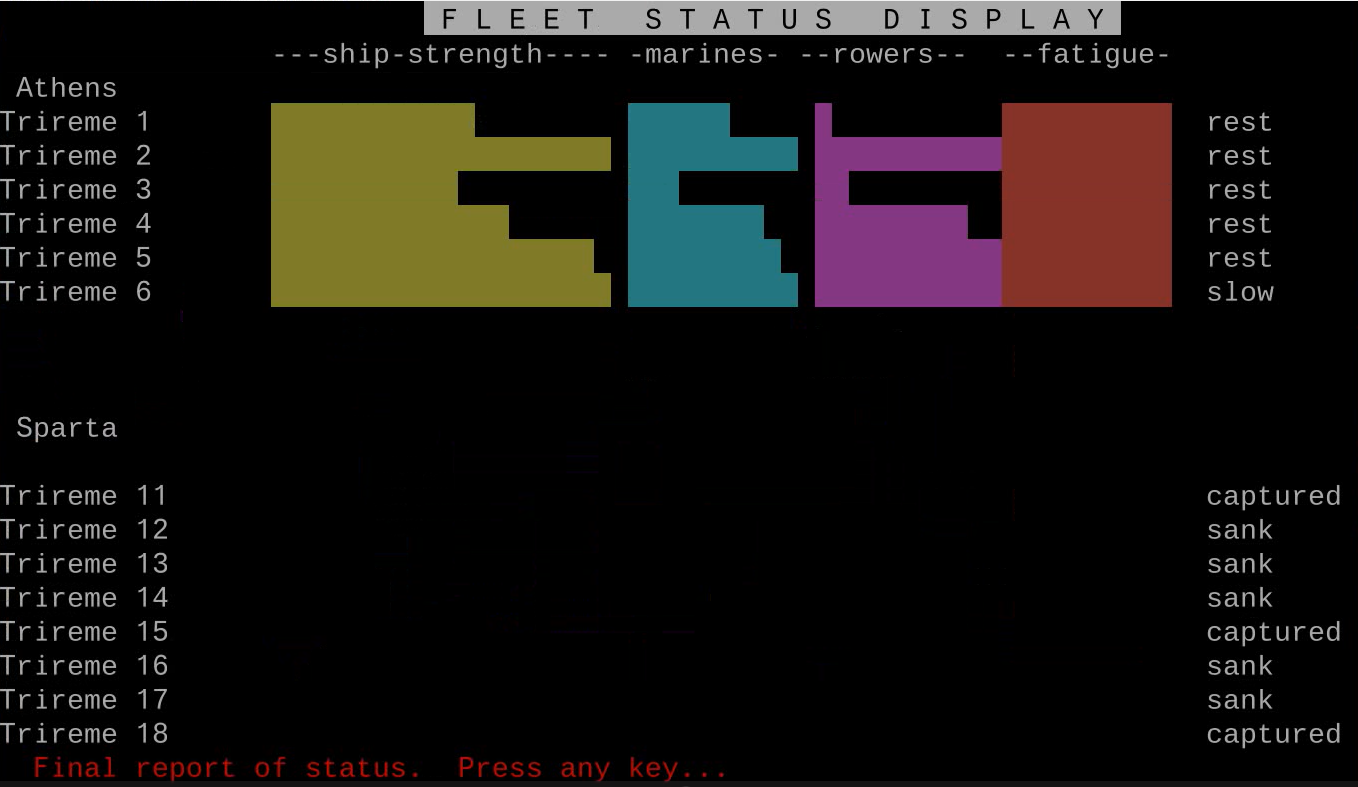
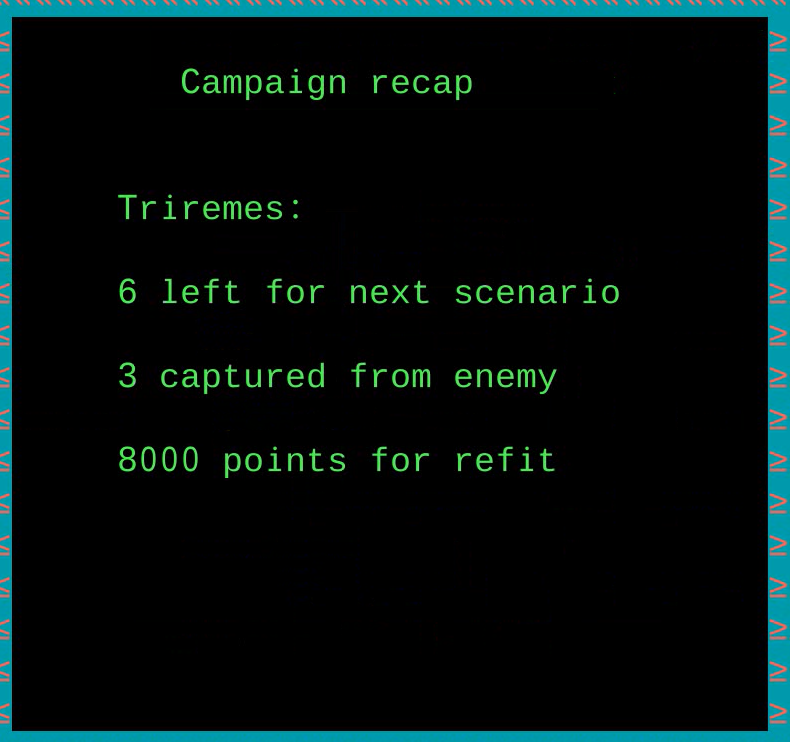
Triērarchos Dayyalus, who alone sank three ships and captured another in this battle, received laurel wreaths, and I made sure to inscribe a stone stele in his honour and display it at the site of the battle, so that all who sail those waters would know what Athens had wrought.

The Battle of Erineus
After the battle of Pylos, it was not peace, of course, not for a while anyway. But for me, it was as if the war had ended, for no one dared challenge Athens on the sea anymore. No one did, until that ill-fated expedition to Sicily. We were to bring reinforcements to our forces besieging Syracuse, and to do so we had to pass through the Gulf of Corinth, where, for the first time in years, Corinth took a stand against our passage.
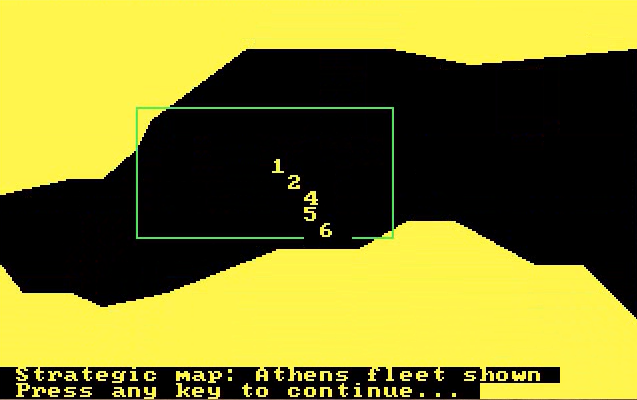
I turned toward my men to rouse their spirit:
“Men of Athens, today we – wait, what’s that noise”
Turning to port, I saw it: triērarchoi Gubbissos and Ahabides, for reasons known only to the Gods, had grounded their ships.

But, I wondered, what divine comedy were we a part of that day? For across the gulf, two Corinthian ships had also inexplicably run aground.
There was no time to contemplate ill omens, and no time for an additional sacrifice, for the enemy was upon us. I rammed the first Corinthian ship with such force that fragments scattered tens of feet away. But alas! Just as Dayyalus, the hero of Pylos, prepared to strike, the Gods again played their tricks: the Corinthian ship, against all odds, struck first. Dayyalus was thrown down and, before he could rise, overcome by the enemy. He was slain, and his dazed crew captured.
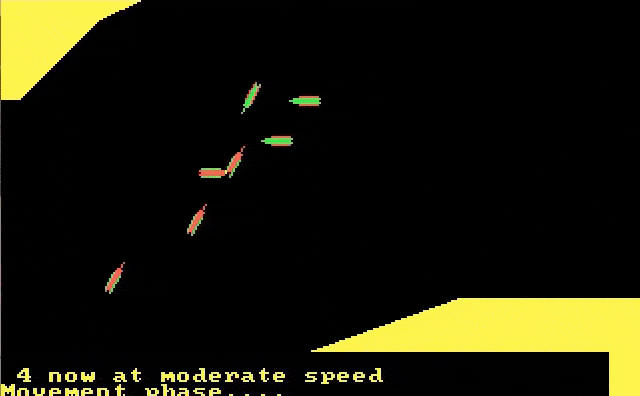
What followed was the strangest of naval engagements. A Corinthian ship turned with a speed that defied reason. It seemed to pass through my ship without damage.
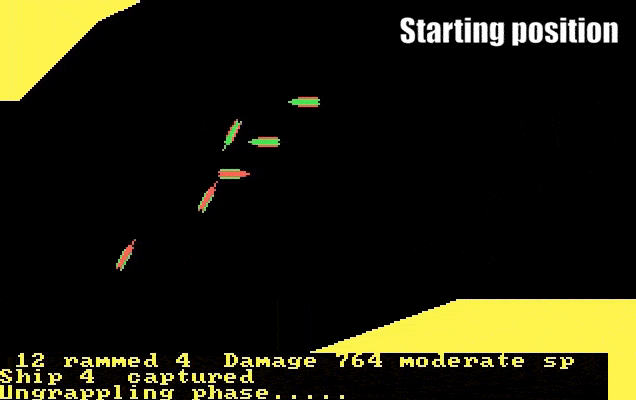
Undeterred, I pressed forward, ramming and capturing another ship. Triērarchos Redslayer avenged Dayyalus, destroying the impossibly agile Corinthian vessel.

Only one ship remained. All of us gave chase. But once more, divine favour turned. My ship was rammed from an impossible angle.
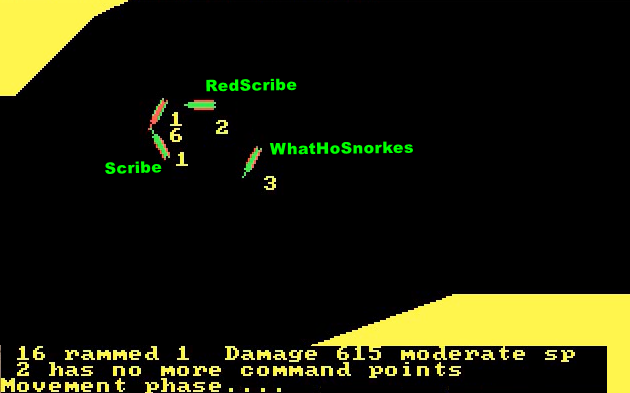
My ship continued its momentum, sliding awkwardly across the bow of the enemy, raking it with its oars. Then, both vessels sank: mine, by the damage it sustained, and theirs, through a final attack by Triērarchos RedSlayer.


The sea remained Athenian, but of our great fleet, only two ships survived. Our Sicilian expedition would remain unsupported.
As for me, the loss of so many vessels to an evidently inferior foe marked the end of my career. And like Thucydides before me, I found myself banished from my own city.
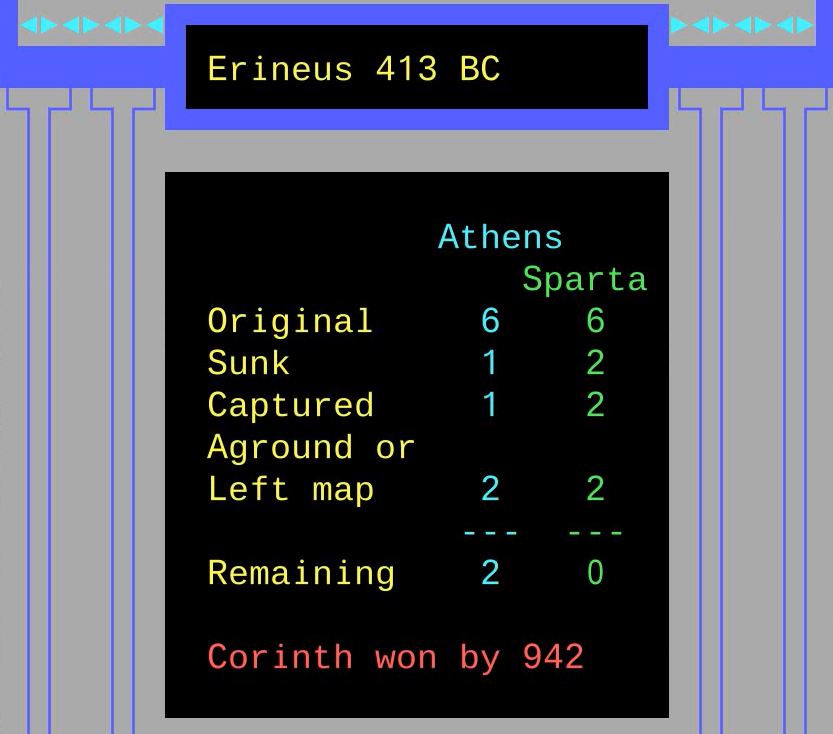
Yet still I write, so that the record of these strange and storied battles may endure.

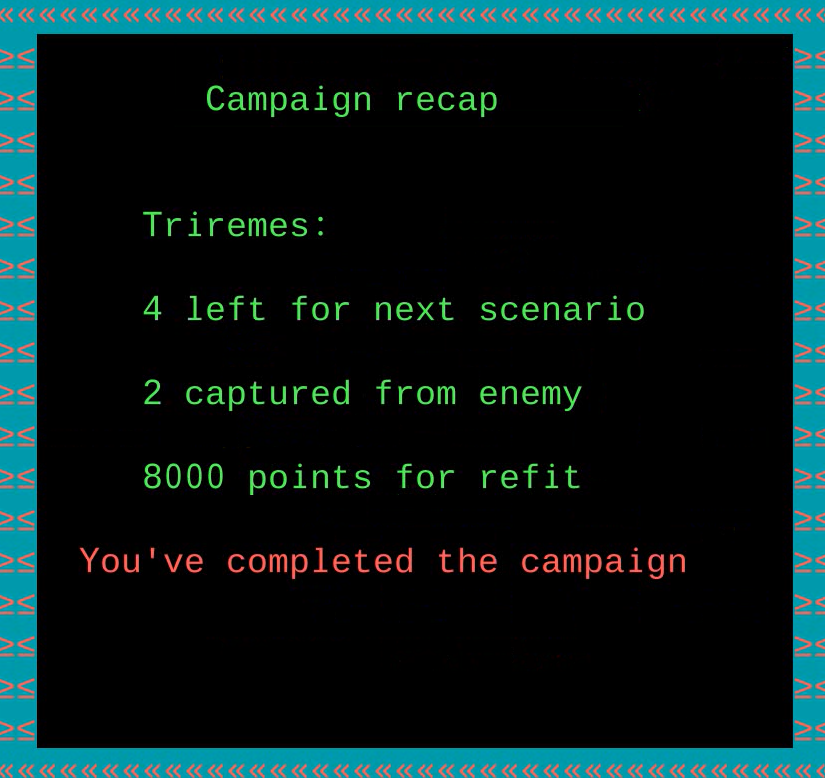
Ratings & Review

Ram! by Steve Estvanik, published by Avalon Hill, US
First release: October 1984 on DOS
Genre: Naval Tactics
Average duration of a battle: Speed can be configured. 30 minutes max
Total time played: Around 4 hours
Complexity: Low (1/5)
Final Rating: Totally obsolete
Context – This is another game by Avalon Hill, whose computer games branch I know so little about. For once however, I could find information on Ram!’s designer Steve Estvanik, though a lot of that information is from after his video game era, when he started a second career as an artist, photographer and international travel guide. I contacted him and I am still waiting for his answer, but for now suffice to say that in the mid-80s he was describing himself as “independent microcomputer consultant and freelance games designer.“, after having started his video game career by designing several games published by Avalon Hill:
- Ram! (1984),
- Computer Circus Maximus (1984, not a wargame, but I want to play on the theme alone)
- the ambitious Incunabula (1984), a Civ-like released 6 years before Civilization and which included research, city-founding, trade and political regimes,
- By Fire & Sword (1985), a medieval strategy game,
- the DOS port of Gulf Strike (1984),
Ram! was released unnoticed in October 1984 – I could not find any review for it.
Traits – Ram! is a game about colliding with other ships at high speed in which there are systematic collision detection issues.
I was tempted to end the review there, but there is more to say about a game that I really wanted to enjoy. I don’t think the weird mix of turn-based (ships can only do one 60° turn or one acceleration every “turn”) and real-time (turns pass automatically and quickly) could work, particularly when you have so many ships to manage, some of them out of screen. I don’t think the game manages frontal collisions well either (there is a winner and a loser, instead of both ships suffering immensively). All this, however is dwarved by a more obvious issue: Ram! was released in a state of obvious beta:
- The manual tells you the campaign will be 4 battles long – but the battle of Naupactus is missing – it is only available as a single scenario,

- 4 ships immediately run aground at the battle of Erineus, including when playing it as a single scenario, in which case the starting number of ships is predefined!
- AI routinely executes forbidden moves, including occasional teleportations and ranged ramming.
Here is for instance a video from the training mode where the AI successively :
- does a forbidden 120° turn,
- teleports (probably a missed frame by the game in this case – real teleportations also occur but maybe not here) AND does another 120° turn,
- rams me without facing me (possibly another missed “frame” by the game),
- accelerates from “back” speed (after a collision) to “ram” speed in two “turns” (it should take 4),
- turns into me to ram me at full speed, which is not authorized to the player.
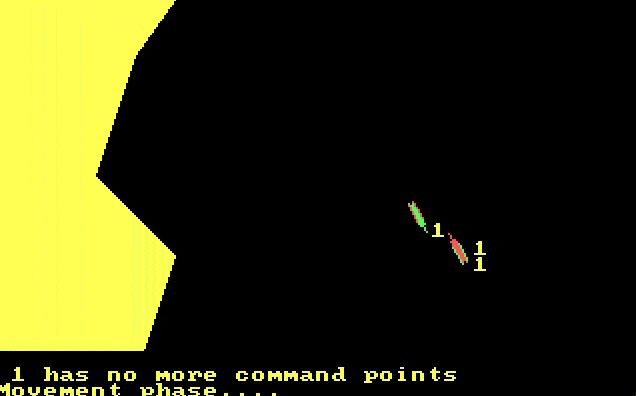
This is an extreme case of AI cheating every turn – and it happens less in large battles. As I understand it, each AI ship targets one of your ships, and will “cheat” to ram it – but it won’t cheat to dodge your other ones. If you have a lot of ships, the issue is therefore rarer. If you have only one ship like in the tutorial, it’s every impulse – and that’s going to be your first experience of the game.
Did I make interesting decisions? Not really. The game felt arcade.
Final rating: Totally obsolete. Three things still saved Ram! from being an absolute wreck: the theme, the speed of play and the fact that ramming stuff and seeing “1500 damage dealt” is visceral fun.
Ranking at the time of review: 125/161.
This campaign of Ram! was disappointing, despite the engaging theme. Based on Paulo Vicente’s recommendation, I tested Mare Nostrvm (2017) for some of that ramming itch, and that was a good suggestion, but unfortunately I did not love it either.

The good news is that I am now approaching another game with a campaign mode: Roger Damon’s Field of Fire. This tactical game by SSI follows the Easy Company from North Africa to Germany and has named squad leaders which “improve slightly” after each scenario. If you want to join a rifle team, a specialist team (MG, bazooka, engineers,…) or a tank crew – now is the time.
